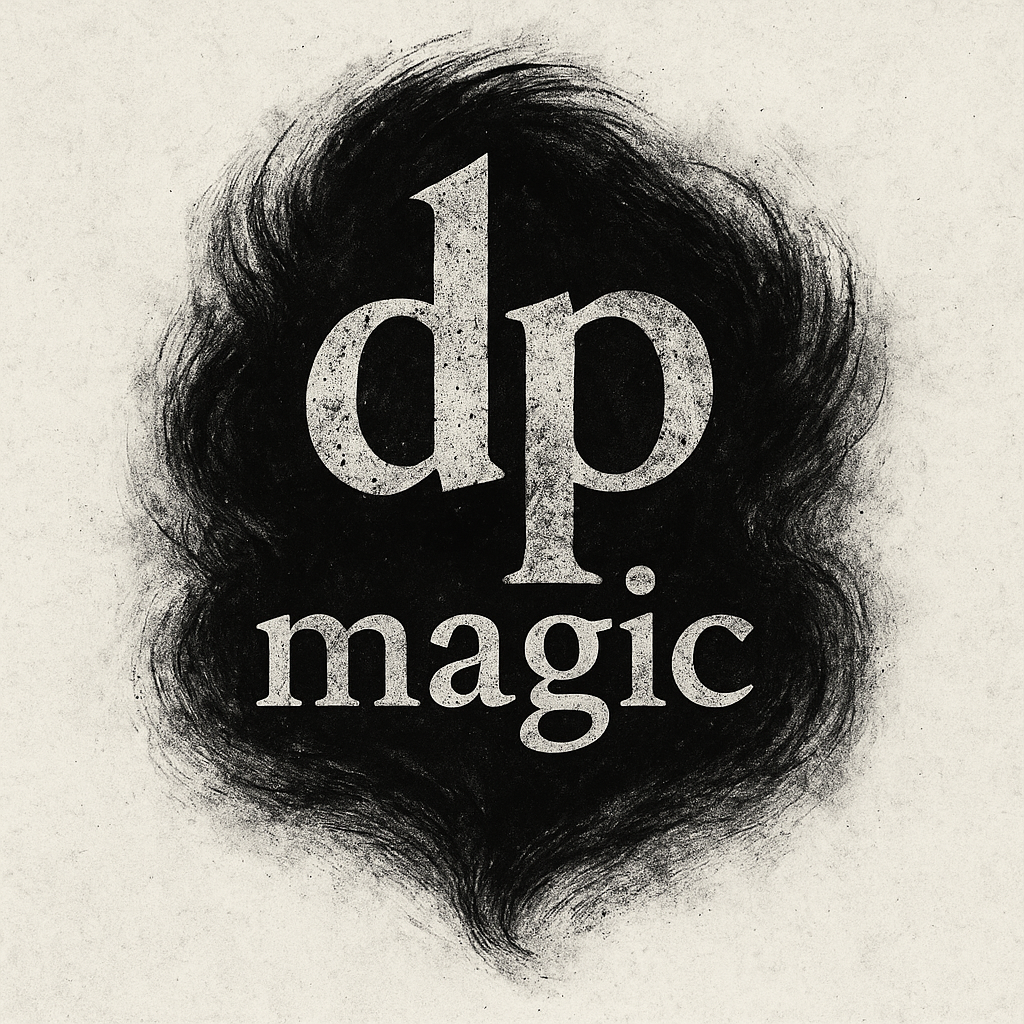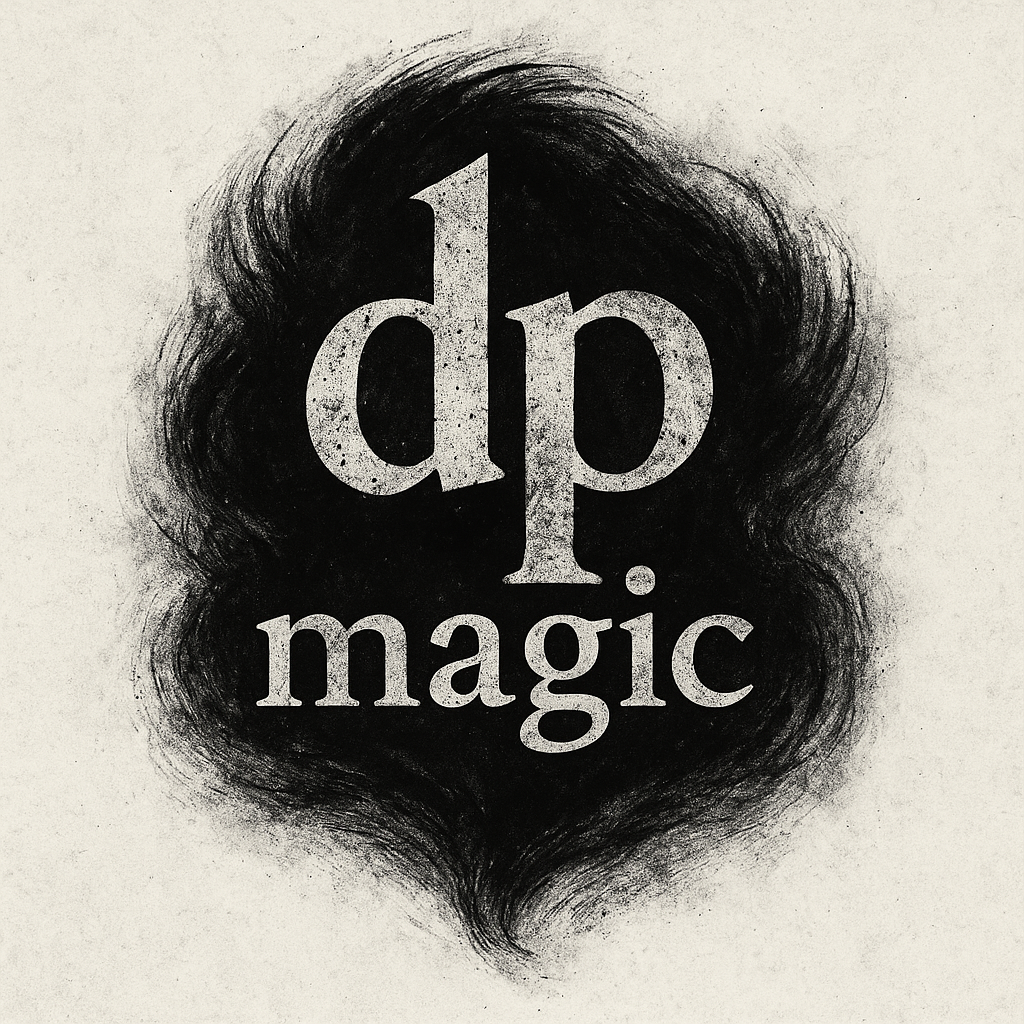Magic Books: Why They’re Still Relevant in a Digital World
Introduction
In an age where YouTube tutorials, TikTok sleights, and online courses dominate the magic learning space, one might assume that magic books have lost their relevance. But for serious students of the art, books remain an irreplaceable resource. They don’t just teach tricks—they build magicians.
Magic Books vs. YouTube Tutorials: Pros and Cons
While YouTube offers accessibility and visual instruction, magic books promote a deeper kind of learning. Tutorials are often focused on flash and speed—easy to consume but hard to master. In contrast, books require patience and focus, but reward readers with richer context, theory, and structure. Books are curated, often edited by masters of the craft. Videos, even the good ones, are frequently rushed, missing key subtleties. The result? A generation of magicians who can imitate but struggle to innovate. Videos, particularly those on YouTube, tend to recycle instruction on the same well-known sleights and present viewers with ideas for effects of the same caliber. They tend to lack depth and an emphasis on presentation. Books, on the other hand, are where you can find the real secrets and where the real in-depth instruction lies.
Why Reading Magic Books Builds Better Skills
Reading forces the mind to imagine. This imagination is the same muscle used to structure routines and develop stage presence. Magic books teach you how to think, not just what to do. They explain the psychology, timing, misdirection, and theatricality in ways that a video seldom does. And because the learning curve is steeper, those who persist develop discipline—a critical skill for professional performance. A well-read magician is quite simply better equipped to create imaginative new ways to utilize the same sleights as well as new and engaging presentational ideas that will pique their audience's interests.
Essential Books to Build Your Card Tricks Skills From Zero to Hero
- The Royal Road to Card Magic: by Jean Huggard and Frederick Braue, is a classic of card magic. It is widely deemed as an essential book and the absolute best starting point for all would-be card magicians.
- Scarne on Cards Tricks: by John Scarne, is a great book to help develop your card trick repertoire without increasing the difficulty. This book is a treasure trove of hard-hitting sleight-free card effects.
- Subtle Card Creations (Vol. 1): by Nick Trost, who is well-known for his subtle moves and principles rather than difficult sleight-of-hand to produce highly entertaining card effects. This book will become a single source you can visitVolume 1 of his 9-volume series is particularly special in that it contains an appendix of all the sleights and subtleties used throughout all his future volumes.
- The Expert at the Card Table: by S.W. Erdnase, is a classic treatise on card manipulation. It is considered to be indispensable to attaining the highest level of card mastery. It will challenge you by exposing you to the most important high-level card sleight techniques.
- Card College Light, Lighter, Lightest: by Robert Giobbi, is a three-series collection of books that focuses on professional-level card magic without sleight-of-hand. There are many principles to learn within the numerous tricks presented that can be repurposed for your own trick constructions. However, the presentational ideas for the tricks detailed in these three volumes are what make them so good.
Author Spotlight: Lance Yarbrough and the Declan Pierce Series
Lance Yarbrough, creator of the Declan Pierce Chronicles, brings something new to the table. His series is part fiction, part magic tutorial. Each volume in the series immerses the reader deeper into a thrilling, magical saga while also revealing original, real-world magic effects that magician readers can perform themselves. The tricks presented are mostly beginner to intermediate-level card effects, with a little mentalism mixed in. Some effects are sleight-free while others offer new applications for old techniques. Moreover, the series simply offers the kind of layered learning that inspires creativity and makes books more than just how-to manuals.
How to Build Your Personal Magic Library
The next thing you want to do to start building your magic library is to start specializing. Assuming you have a base of knowledge established by the recommended books above, you should now have a general idea of both your skill level and the types of tricks you like to perform. If knuckle busting sleight-of-hand is not really in your wheelhouse, but you still want to perform amazing effects, I would recommend continuing on with Nick Trost's Subtle Card Creations. There are 9 volumes to consume. Also, you will want to check out the myriad of books by John Bannon. Bannon is another master card magician, well-known for his simple sleight-minimal approaches to card effects that are quite powerful.
If, however, you find yourself drawn to poker-style effects and are developing a finesse with technical card sleights, then you might want to consider looking a books from Jason Ladanye or Guy Hollingworth. Also, Expert Card Technique by Jean Huggard and Frederick Braue will take you on a deep dive into close-up table magic.
If you're looking for something outside of the box, you might want to explore the world of stacked decks. Juan Tamariz's Mnuemonica and Simon Aronson's Bound to Please are perhaps the two most influential books that explore the possibilities of magic using a stacked deck of cards.
Conclusion
Magic books aren’t relics. They’re blueprints for serious magicians. While videos give you tools, books give you vision. If you want to stand out in a world full of copycats, close the
browser and open a book. That’s where real magic lives.

